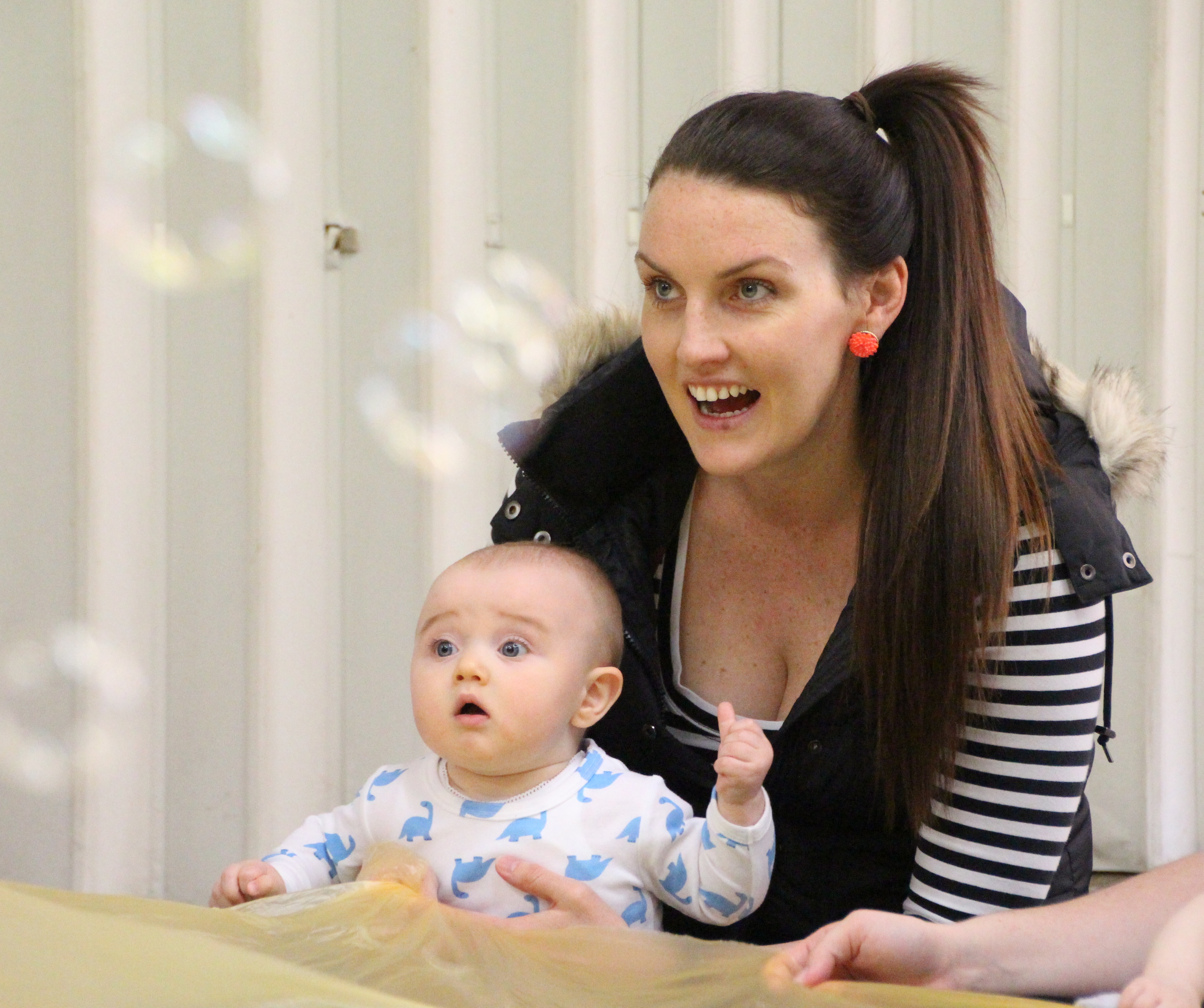“Is there anything that I can do to prevent reflux?”

Reflux (gastro-oesophageal reflux) is used to describe what happens when the stomach contents come back up into the throat or mouth.
The oesophagus consists of a muscular tube through which food passes from the mouth to the stomach. The oesophagus passes through the diaphragm, a large muscle which separates the chest cavity from the abdominal cavity. The diaphragm acts like a value or sphincter to prevent the stomach contents from going back up the oesophagus.
In babies, the sphincter action of the diaphragm isn’t fully developed and acid from the stomach is forced back up the oesophagus. As the sphincter becomes stronger, reflux usually decreases.
Reflux begins at birth (or soon after) and usually diminishes by 6 months. By 10 months, reflux occurs in about one in twenty babies and disappears by the end of the first year. Both formula-fed and breastfed babies may be affected.
Around 50 per cent of babies regurgitate a little milk, but for some babies it can be a real problem
What can I do to prevent reflux
Gravity can help to prevent reflux.
Hold your baby in an upright position for 20 minutes after each feed (longer if bottle fed)
Give smaller, but frequent feeds (may not work for some babies)
Sit your baby upright (a support cushion can help)
Place a rolled up towel under your baby’s chest during supervised tummy time play
Raise the head of the crib or cot by 10cm at night with blocks or books placed under the frame
Carry your baby upright as much as possible
Hold your baby over your shoulder and rub (not pat) his back
Massage can help improve symptoms in some babies
If you notice one or more of the following, see your baby’s GP:
If reflux occurs more than 5 times a day on a regular basis
If your baby regularly vomits or coughs
There is blood in the vomit
If your baby fails to gain weight
If your baby refuses food
If there is any difficulty in swallowing
Dr Lin Day
Further reading:
Day, L.(2014). The colic experience. Early Years Educator 15 (12): 41-44.